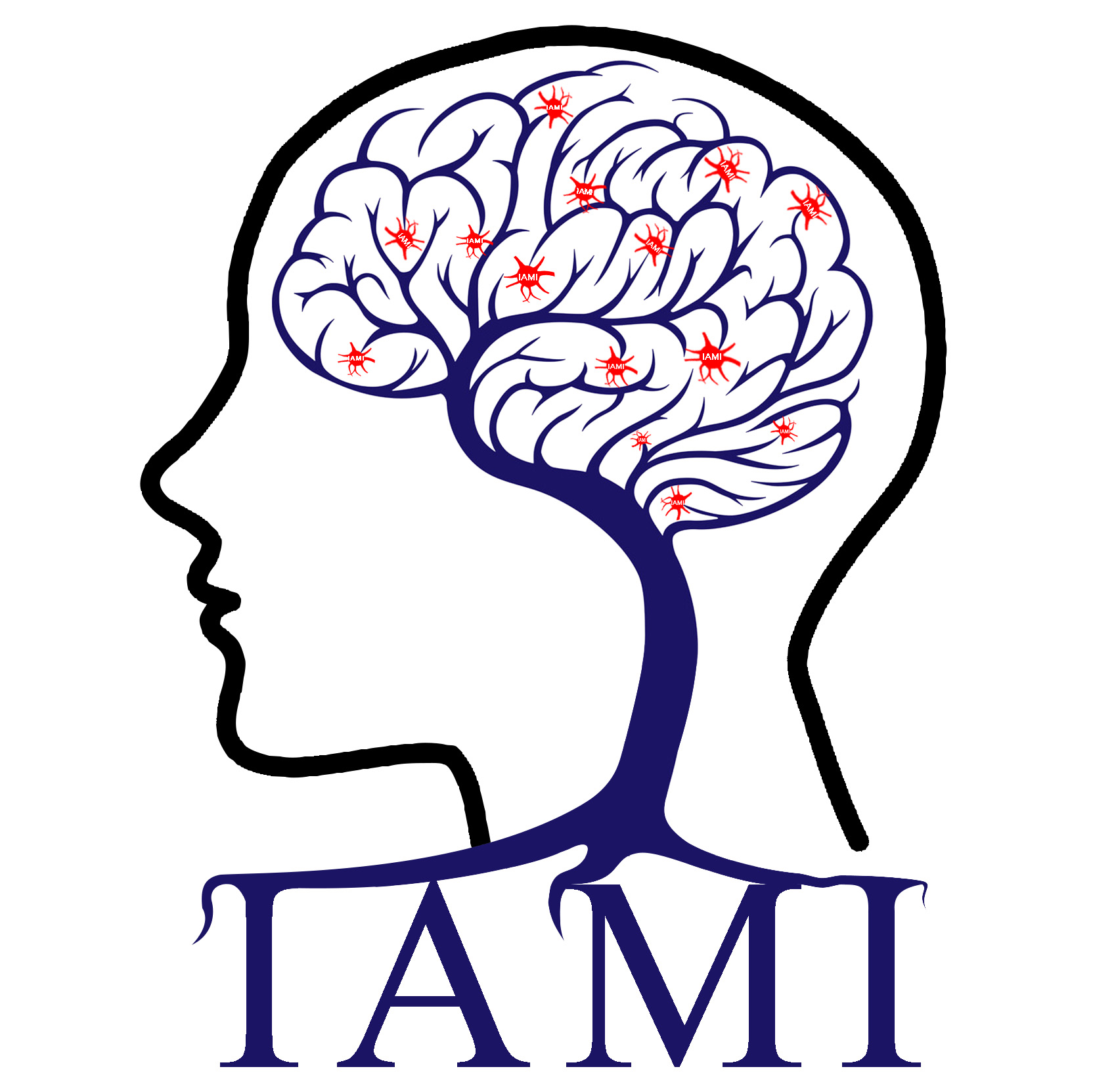
杜宇慧个人网页---智能医学图像分析
地址:中国, 太原
Yuhui Du*, Godfrey D Pearlson, Jingyu Liu, Jing Sui, Qingbao Yu, Hao He, Eduardo Castro, Vince D Calhoun. A group ICA based framework for evaluating resting fMRI markers when disease categories are unclear: application to schizophrenia, bipolar, and schizoaffective disorders. NeuroImage, 2015, 122, 272-280. (Top期刊, 中科院SCI分区:一区,影响因子:6.556)
时间:2019-06-12 15:08:58 来源: 点击:[1958]
Abstract
Schizophrenia (SZ), bipolar disorder (BP) and schizoaffective disorder(SAD) share some common symptoms, and there is still a debate about whether SAD is an independent category. To the best of our knowledge, no study has been done to differentiate these three disorders or to investigate the distinction of SAD as an independent category using fMRI data. This study is aimed to explore biomarkers from resting-state fMRI networks for differentiating these disorders and investigate the relationship among these disorders based on fMRI networks with an emphasis on SAD. Firstly, a novel group ICA method, group information guided independent component analysis (GIG-ICA), was applied to extract subject-specific brain networks from fMRI data of 20 healthy controls (HC), 20 SZ patients, 20 BP patients, 20 patients suffering from SAD with manic episodes (SADM), and 13 patients suffering from SAD with depressive episodes exclusively (SADD). Then, five-level one-way analysis of covariance and multiclass support vector machine recursive feature elimination were employed to identify discriminative regions from the networks. Subsequently, the t-distributed stochastic neighbor embedding (t-SNE) projection and the hierarchical clustering were implemented to investigate the relationship among those groups. Finally, to evaluate the generalization ability, 16 new subjects were classified based on the found regions and the trained model using original 93 subjects. Results show that the discriminative regions mainly included frontal, parietal, precuneus, cingulate, supplementary motor, cerebellar, insula and supramarginal cortices, which performed well in distinguishing different groups. SADM and SADD were the most similar to each other, although SADD had greater similarity to SZ compared to other groups, which indicates that SAD may be an independent category. BP was closer to HC compared with other psychotic disorders. In summary, resting-state fMRI brain networks extracted via GIG-ICA provide a promising potential to differentiate SZ, BP, and SAD.

 您当前的位置:
您当前的位置: